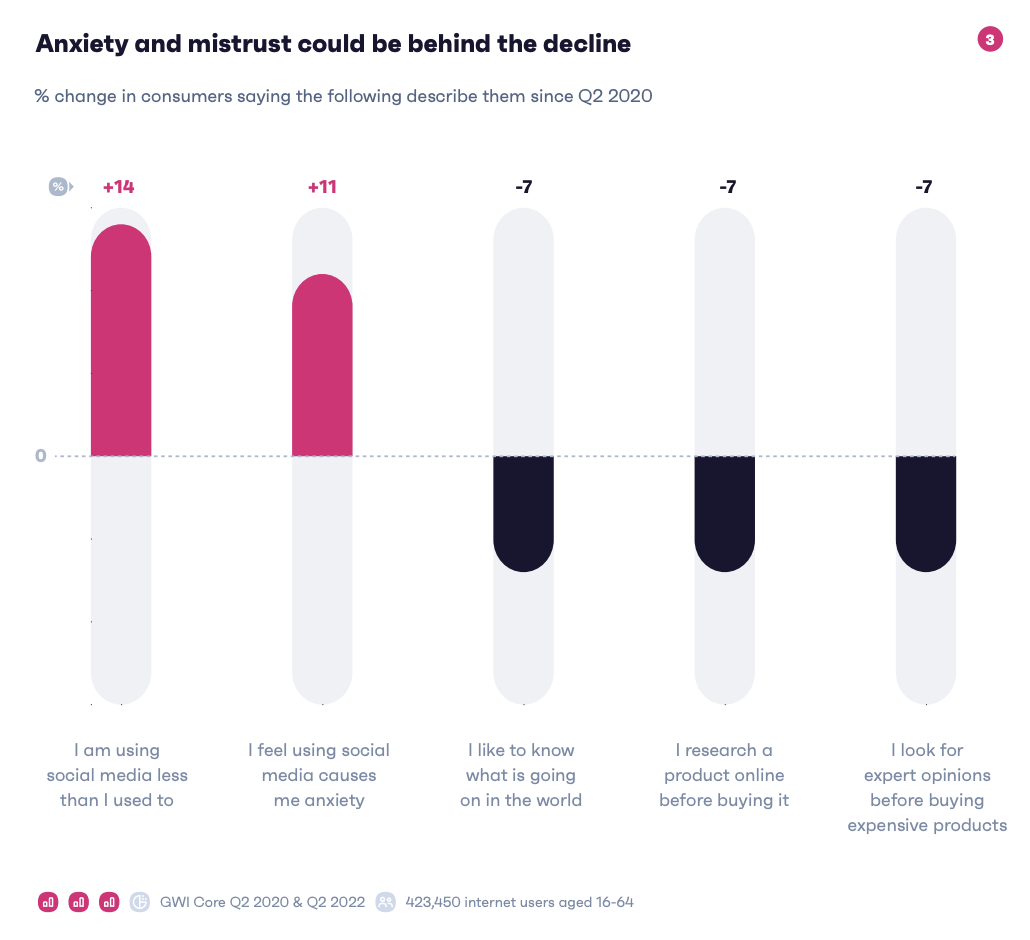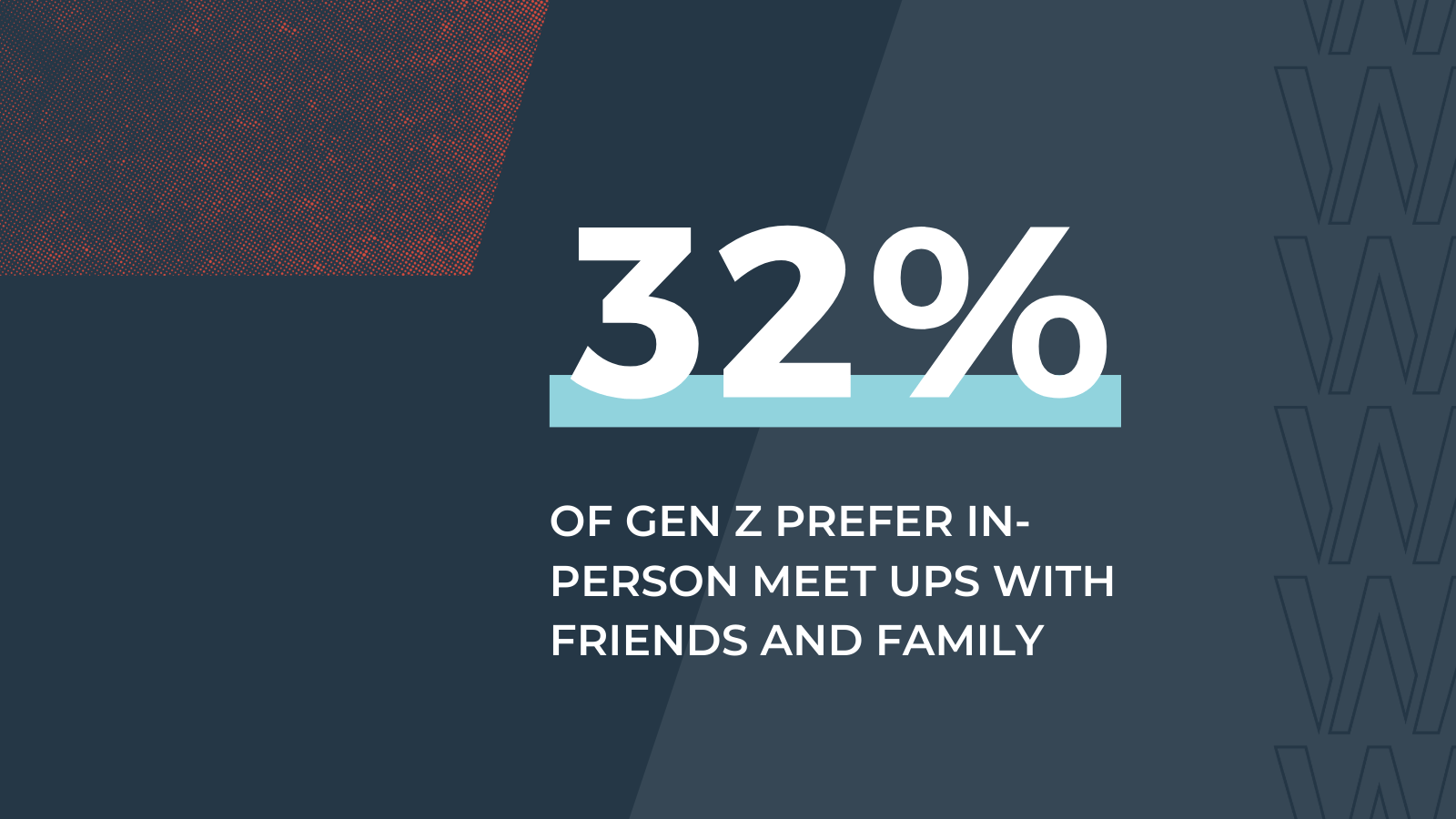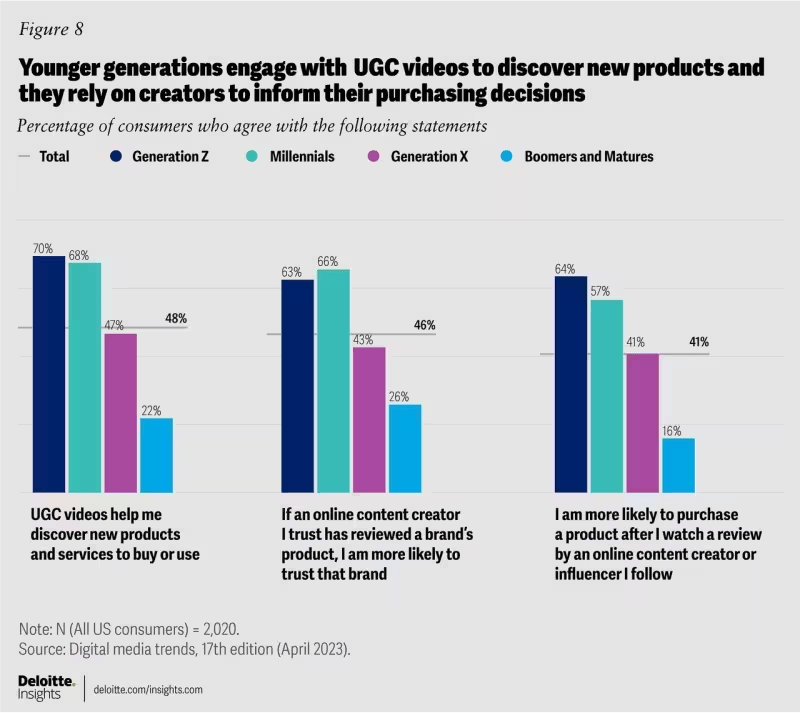Gen Z has never had to wait for dial-up internet or use a payphone to call home. Because these younger consumers grew up online, marketers tend to approach Gen Z as chronically online, tech-fluent, and social media-obsessed.
But today’s young adults aren’t just tech-savvy, they’re tech natives. They have an entirely different relationship with technology than older generations–and they might not be as in love with the online world as many marketers assume.
Your brand might be looking at these new kids on the block all wrong. To connect with Gen Z, you need to understand how the technology-packed world they grew up in affects how they interact with media and marketing both on- and offline.
Gen Z isn’t as tech-savvy as marketers assume
For those born in the late 90s and early 2000s, the internet has always been an essential part of their lives. Instead of learning to type and spending hours building rudimentary websites and profiles on early social media websites like MySpace, Gen Z grew up in a fully-formed online world.
They didn’t need computer classes to learn how to use technology; they were born into it. Since technology has always been a mainstay of their lives, online life is as natural as offline life. Goldman Sachs reports that nearly half of Gen Z spends up to ten hours online every day.
But what many brands fail to recognize is that there’s a difference between being tech-native and being tech-savvy. Having access to social media and smartphones from a young age doesn’t automatically make Gen Z the generation of tech savants many marketers assume they are.
Sure, they’re a constant presence on social media, but they’re also extremely aware of the negatives of spending too much time online. They have a different relationship to technology than older generations, and that doesn’t always mean they’re more committed to it.
If your brand wants to connect to Gen Z consumers, it’s time to rethink your image of the generation. Companies that are still assuming young adult consumers are always into cutting-edge digital and are only reachable online are giving up other opportunities to connect with them.
When Gen Z goes offline
Many members of the first crop of tech natives are looking for ways to detach from the internet and find connection and joy offline. GWI found that they’re actively trying to limit their screen time and using social media less than before. As the generation most likely to discuss mental health concerns, the youngest adults are concerned about what social media could be doing to their mental health and are eager to disconnect.

Source: GWI
Many members of Gen Z are rejecting the culture of constant screen time and seeking likes. Instead, they want a more authentic connection. According to research from CommBank, 32% said that they much prefer to meet with friends or family in person over texting or calling.

Source: CommBank
Some members of Gen Z have even opted for so-called dumb or feature phones (e.g. traditional flip or slide phones that have additional features like GPS or a hotspot), rejecting smartphones and all the screentime that comes with them. There are even specific brands, like Punkt, Light, and Nokia’s parent company HMD Global, that are creating feature phones specifically for this market.

Source: WSJ
But that doesn’t mean Gen Z is a generation of Luddites. They’re still online–they just have different attitudes and interests.
How marketers can reach a tech-hesitant generation
Where does that leave marketers who are trying to reach a generation that now commands $450 billion in buying power?
For starters, you need to reach Gen Z where they are when it comes to tech. That starts with considering your specific audience, where they are, and how they relate to technology—not just to a channel, your brand, or a specific product, but technology itself.
Again, most Gen Zers will never go completely off the grid. So they’re reachable, just in different ways than you might think. If you look to better define specific Gen Z audience segments (instead of assuming everyone from ages 18-26 is exactly the same), you’ll be able to generate valuable insights into the channels, creative, and messaging that will appeal to those cohorts.
If they’re focused on mental health (and potentially worried about the effect of screen time), how can you provide some respite? How can you appeal to many Gen Zers’ interest in disconnecting? Whether that’s through a specific product, or by creating ads that feature soothing colors, a list of ways to unplug, or even just the right messaging and tone, your brand will be much more likely to not just reach but connect with the Gen Z audiences of your dreams.
You should also take behaviorial insights into account lower in the funnel. Much has been made about Gen Z’s desire for more authentic connection, but what does that mean in terms of how they actually choose what to buy? According to Deloitte, Gen Z is more likely to take product recommendations from user-generated content (UGC).
They’re looking for a human connection, not just a product shot or list of features. Partnering with creators and influencers can help fill that need, but so can featuring your own Gen Z employees in posts, ads, or videos or actively sourcing user-generated content to create a two-way conversation between your brand and your audiences. You can help Gen Zers feel like they have a stake in your business because they’re part of a community.

Source: Deloitte
Finally, don’t forget about those offline opportunities. Even though Gen Z mostly shops online, IRL touchpoints have real power, especially for the generation that largely came into adulthood or adolescence during the pandemic.
You can leverage your digital channels to find new ways to ultimately get to know them live and in person. If what they’re looking for are opportunities to get offline, how can your brand help fill that need? Do you have brick-and-mortar stores where you could host events aimed at Gen Z customers and offer them a special experience?
Get creative even if you don’t have IRL stores: could you set up specific scavenger hunts in different cities that give consumers the chance to go outside and interact with your brand in new ways? According to a survey by MG2 and Berns Communications Group’s The Z Suite, 49% of 18-26-year-old consumers shopping mainly online would also like to attend experiential pop-up activations.
View this post on Instagram
It’s also worth noting that just because a significant chunk of Gen Z is tech-skeptical doesn’t mean that they aren’t willing to experiment with hybrid digital/IRL experiences. In fact, in the same survey, 60% of Gen Zers who shop primarily online want to engage with augmented reality in stores. You have the opportunity to get creative about how to combine those elements, whether that’s through in-store digital ads, TikTok’s new DOOH offering, or something more bespoke.
More than any generation before them, Gen Z experiences the online world (the good, the bad, and the ugly) as seamlessly integrated into their offline lives. To connect with them, your brand experience should reflect that fluidity—and recognize the paradox behind it.







Responses